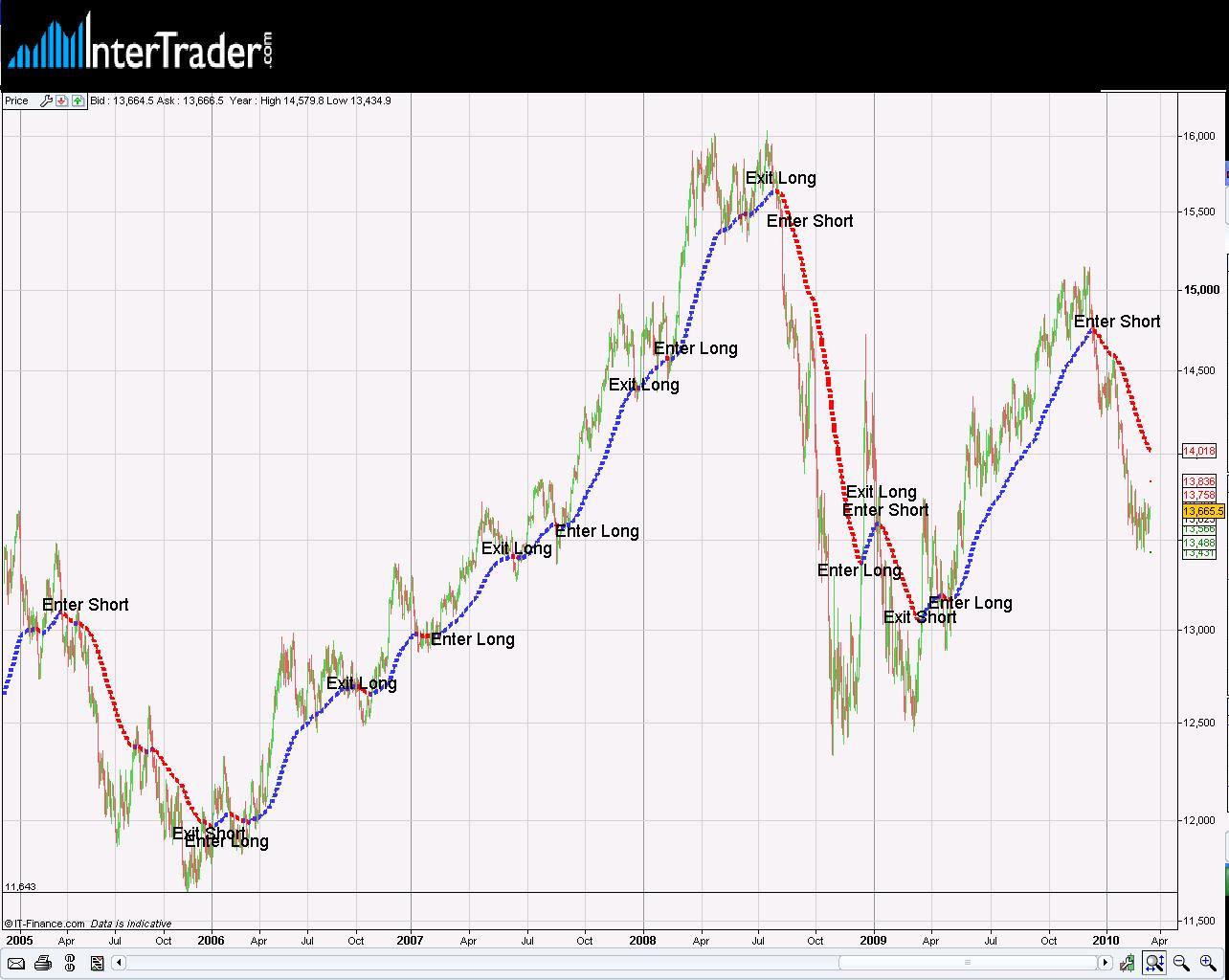
Many traders find themselves very successful on paper but when it comes to real money trading somehow profitability proves elusive. Why is that?
How we can come around and change it? I would like to offer a couple of principles and methods that changed the way I am trading and, more importantly, the bottom line.
First of all you need to start with some kind of concept. This is an idea that usually originates from your own common sense and understanding of the markets you are trading. This might come from looking at a chart or an indicator to find a reoccurring pattern.
At this point you should increase the time scale of your little idea and see if the concept is applicable further into the past.
The next stage would be to see if this rule applies to more than just one market.
Working with a system that appears to be profitable using back testing on multiple and uncorrelated markets decreases your risk significantly. Since all technical analysis signals are probability based, the greater the sample the higher your confidence.
Now you need to set some objective rules to it. These should be rules that would be set in stone and should include:
- Entry Criteria
- Target for success (Limit)
- Target for signal failure
Here I will consider the EUR/USD pair as an example. The rules for my system will be simple:
- Time Frame: Daily chart.
- Indicator: 87 Exponential Moving Average, EMA(87).
- Entry Criteria 1 long: If the moving average is trending for more than 5 days in the same direction and price is above the EMA(87).
- Exit criteria limit: If the EMA(87) is trending down for more than 3 days and price crossed under the EMA(87) level exit.
- Exit criteria stop: If I lose more than 200 pips, then exit.
In the chart below you can see a rough sketch of potential entry and exit points.

Note – I am not claiming that this specific system is good or profitable, although it does look like it.
More importantly the rules are all set in advance and they are quantitative, there is almost no room for judgment calls.
The next stage I would advise on is back testing with a tool like ‘esignal’ which offers an easy to use wizard where you can generate a code that will apply the rules. Once complete, run a back test on the markets you intend to trade looking back 12-24 months into the past.
At this point take the data you have on your trades and analyze them by trying to find out how you can improve the system, fine tuning. Even good systems will show a loss first time around, only once you tweak them will you improve your system. Once you are satisfied. It’s time to get cracking.
Money Management
At this point you need to decide how much money you are willing to risk using this system.
Once you have decided it’s time to set up the risk parameters.
Risk is a combination between your stake size and the stop loss; it is recommended that in each trade you place, do not risk more than 1% to 1.5% of your trading capital.
If I am spread betting on the EUR/USD pair using the above system with a £1 per point stake and a 200 pips stop loss, my risk per trade is £200 and so my initial balance should be around £13,333 – £20,000.
Now that you have your system, here comes the part where most of us fail. It’s easy in practise but very hard to follow.
Do what your system tells you to do and mostly ignore any decision you are looking to make on the fly.
The reason for that would be that while trading your decision making process is tampered by the fear of losing or the greed of trying to squeeze extra profits.
You must fight these urges and listen to the system that you created and tested.
There are some exceptions to that. Occasionally there might be some fundamental changes in the market which would have a significant impact. Such events need to be taken into consideration before entering or exiting a trade, as well as while managing a live trade.
A trading system, even one that exhibited magnificent results in back testing, is not a guarantee for future profits. However, I can tell you that by having one it does increase the probability and likelihood of becoming a more profitable trader than someone with no plan at all.
Spread betting and CFD trading carry a high level of risk to your capital and you may lose more than your initial investment. Spread betting and CFD trading may not be suitable for all investors. Only speculate with money that you can afford to lose. Please ensure you fully understand the risks involved and seek independent financial advice where necessary.
